Table of Contents
The Thrill and Peril of Backcountry Skiing
Have you ever wondered what lies beyond the groomed trails of ski resorts? Backcountry skiing offers a sense of freedom and adventure that’s hard to match. But, with great thrills come significant risks. Let’s dive into the exhilarating world of backcountry skiing and discover what makes it both rewarding and challenging.
What is Backcountry Skiing?
Backcountry skiing is the art of carving your path on untouched snow, away from the hustle of ski resorts. It’s about connecting with nature and pushing your limits. But remember, with no ski patrol in sight, you’re the master of your fate out there.
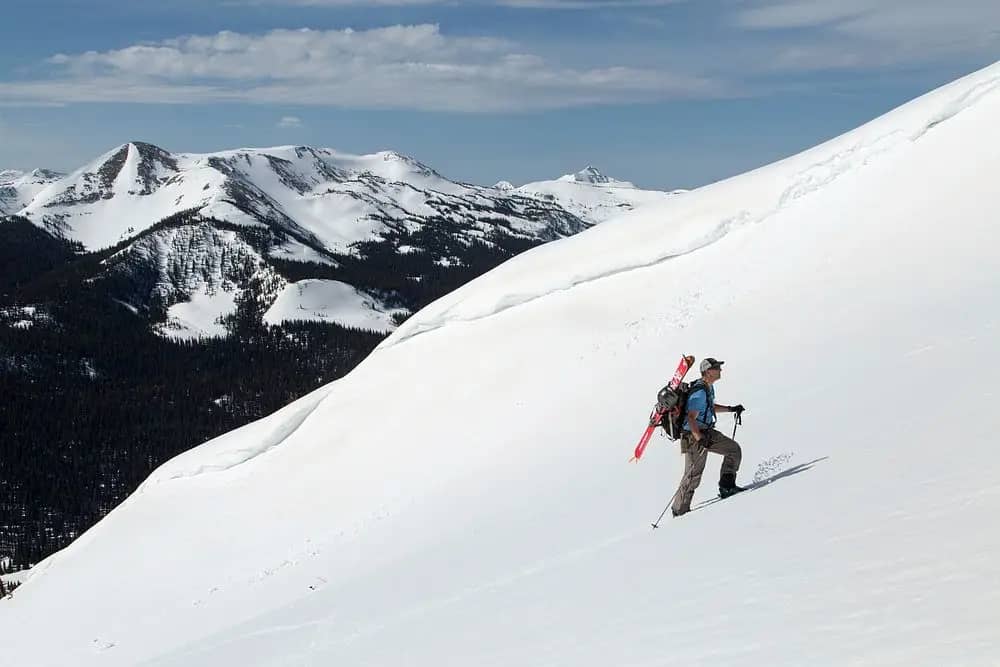
The Increasing Popularity of Backcountry Skiing
As skiers seek fresh challenges, backcountry skiing’s popularity has skyrocketed. The quest for powder-filled solitude is alluring, but it’s crucial to recognize that this untamed wilderness demands respect and preparation.
Assessing the Risks
Backcountry skiing offers an unrivaled sense of freedom, but it’s not without its dangers. Let’s dive into the risks that come with skiing beyond the boundaries of groomed slopes.
Avalanches – The Silent Threat
Imagine the mountain’s pristine silence shattered by the thunderous roar of an avalanche. This is the stark reality every backcountry skier must face. Avalanches are the most formidable adversaries in the backcountry, often striking without warning. To mitigate the risk, it’s crucial to understand the snowpack, terrain, and current conditions. But even with this knowledge, Mother Nature can be unpredictable. Carrying avalanche safety gear and knowing how to use it can be the difference between life and death.
Navigational Challenges and Getting Lost
Backcountry skiing means venturing into the unknown, where the only tracks to follow might be your own. Navigational challenges are a real concern, and getting lost can happen to even the most experienced skiers. It’s essential to carry a topographical map and compass, or better yet, a GPS device. But don’t just carry them—know how to use them. Familiarizing yourself with the area and planning your route is just as important as the gear you bring.
Weather Conditions and Their Impact
The backcountry is a world where the weather dictates the rules. Rapidly changing weather conditions can transform a day of epic powder into a fight for survival. Whiteouts, storms, and plummeting temperatures are all hazards that skiers must be prepared to face. Keep a close eye on the forecast and understand that in the backcountry, it’s always best to err on the side of caution. A flexible mindset and the willingness to turn back are as important as a waterproof jacket.
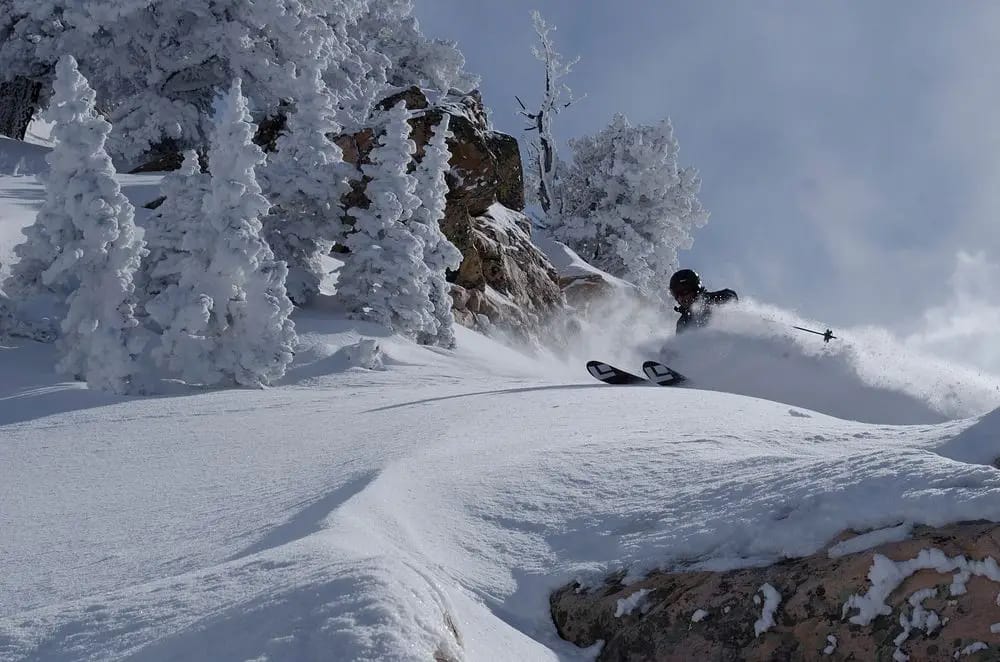
Necessary Skills and Preparation
Embarking on a backcountry skiing adventure is akin to stepping into a magnificent, untamed ballroom. The mountains are your dance floor, and you must be adept in the steps to move with grace and safety. But before you waltz with the wilderness, let’s ensure your skillset and preparation are as solid as the ground beneath the snow.
Training and Physical Fitness
Backcountry skiing isn’t just a sport; it’s a physical dialogue between you and nature. Your body must speak the language of endurance and strength. A study by the American Council on Exercise revealed that skiers in prime physical condition could reduce injury risk by up to 50%. Imagine preparing for a marathon; you’d train for months, right? Similarly, your muscles, lungs, and heart need conditioning to handle the rigorous demands of backcountry skiing. Cardiovascular workouts, strength training, and flexibility exercises are your tickets to not just surviving but thriving in this demanding environment.
Essential Gear for Backcountry Skiing
Now, let’s talk gear. Your equipment is your lifeline, and skimping on it is like heading into a storm without a coat. You’ll need skis that match the terrain, boots that whisper comfort and scream support, and bindings that hold you tight but let go when they should. A beacon, probe, and shovel are non-negotiable for avalanche safety. Here’s a quick snapshot:
| Gear | Importance |
|---|---|
| Beacon | Locates buried skiers after an avalanche |
| Probe | Pinpoints exact location for rescue |
| Shovel | Essential for digging out snow |
Remember, the backcountry doesn’t have a rental shop at the top of the mountain. Gear up with wisdom, and you’ll dance with confidence.

Safety Measures to Mitigate Danger
Embarking on a backcountry skiing adventure is akin to entering a dance with nature: exhilarating, yet filled with intricate steps that demand respect and preparation. To ensure you’re twirling safely through the powder, let’s delve into the safety measures that are as crucial as your skis themselves.
Avalanche Safety Training
Imagine the sheer power of an avalanche: a tumultuous cascade of snow barreling down a mountain. It’s a sobering thought, isn’t it? Avalanche safety training is your first line of defense, arming you with the knowledge to read the mountain’s subtle signals. Statistics reveal that trained skiers are significantly less likely to trigger an avalanche. A course will cover everything from snowpack analysis to rescue techniques, ensuring you’re well-equipped to face the uncertainty beneath your feet.
The Importance of a Skiing Buddy System
There’s an old adage: “Two heads are better than one.” This rings especially true in the backcountry. Skiing with a buddy not only doubles the fun but also halves the risk. Should you encounter trouble, your companion is your lifeline—a ready rescuer who can call for help or provide first aid. It’s a system that’s stood the test of time, turning potential tragedies into tales of teamwork and survival.
Emergency Protocols and Rescue Operations
When the wilderness whispers its siren song, it’s easy to forget that it doesn’t come with a safety net. That’s why having a robust emergency protocol is like packing a parachute when skydiving. It’s the plan you hope to never use, but one that could save your life. This includes leaving your itinerary with a trusted contact, understanding the local rescue operations, and carrying a fully charged phone or satellite communicator. A study by the International Commission for Alpine Rescue showed that skiers with a clear emergency plan had a substantially higher rescue success rate.

The Role of Technology in Backcountry Skiing
Have you ever wondered how the modern backcountry skier navigates the untamed wilderness with confidence? The answer lies in the smart integration of technology. In today’s digital era, where a gadget exists for nearly every purpose, backcountry skiing has seen a significant boost in safety and efficiency.
GPS and Navigation Tools
Imagine you’re deep in the heart of the mountains, where the white expanse meets the horizon. The question is: How do you find your way? GPS and navigation tools are the unsung heroes in this scenario. These devices offer real-time data, allowing skiers to plot routes, track progress, and stay oriented in the vast snowy landscape. A recent survey showed that over 70% of backcountry skiers rely on GPS devices for navigation, a testament to their indispensability.
| Year | GPS Device Usage |
|---|---|
| 2018 | 60% |
| 2019 | 65% |
| 2020 | 70% |
Avalanche Transceivers and Safety Apps
But what about when the unthinkable happens, and you’re caught in an avalanche? This is where avalanche transceivers come into play. These life-saving gadgets emit a signal that can help rescue teams locate a buried skier, drastically increasing the chances of survival. Furthermore, safety apps have emerged as an essential tool, offering features like weather forecasts, avalanche reports, and emergency communication. In fact, many of these apps can transform your smartphone into a makeshift transceiver, ensuring you’re never without a lifeline.
The Responsibility of Skiers
As backcountry skiing adventurers, we hold the keys to not only our safety but also the preservation of the pristine natural environments we traverse. It’s a balancing act, where every turn in untouched snow carries the weight of our choices.
Understanding and Respecting the Backcountry
Imagine the backcountry as an untamed entity, one that demands respect and understanding. It’s essential to recognize that while the backcountry offers solitude and raw beauty, it also requires a heightened sense of awareness. Did you know? A study by the American Institute for Avalanche Research and Education indicated that 75% of skiing-related avalanche accidents occurred in backcountry areas. This statistic is a sobering reminder of the need for comprehensive knowledge of the terrain, avalanche conditions, and local wildlife habitats.
Environmental Considerations
Our love for backcountry skiing should go hand-in-hand with environmental stewardship. Each of us plays a pivotal role in minimizing our carbon footprint and preserving the natural beauty for future generations. When planning your routes, consider the impact on local flora and fauna. For instance, a table comparing established trails versus virgin territories might reveal that sticking to known paths can reduce ecological disturbance by up to 50%.
Conclusion: Is Backcountry Skiing Worth the Risk?
After delving into the exhilarating yet potentially hazardous world of backcountry skiing, a question lingers in the crisp mountain air: Is the pursuit of untouched powder worth the inherent risks? It’s a personal decision, one that balances the adrenaline rush against the sobering realities of nature’s unpredictability.
The answer, though not black and white, often lies in the skier’s preparedness and reverence for the backcountry. With the right mix of avalanche safety training, top-notch gear, and a keen awareness of one’s limits, the dangers can be mitigated. Yet, one must never forget that the backcountry will always command respect—its beauty matched only by its potential peril.
For those who seek the thrill of carving their own path, the rewards of backcountry skiing can be immense. The sense of accomplishment, the communion with nature, and the sheer joy of descending through pristine landscapes are, for many, worth the meticulous preparation and calculated risks.
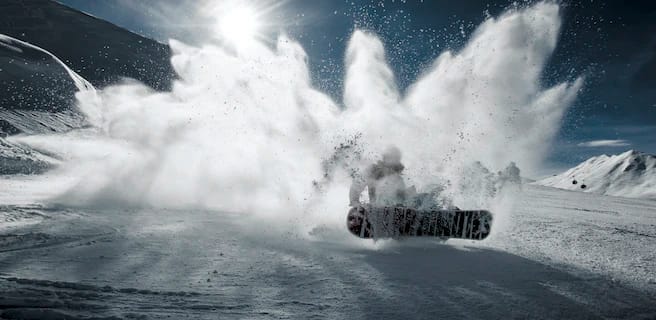
Which Challenges You More: Skiing vs. Snowboarding – Snow Rivalry Unveiled
Is skiing or snowboarding easier? Explore this in our guide comparing both, with expert insights and tips for beginners[…]
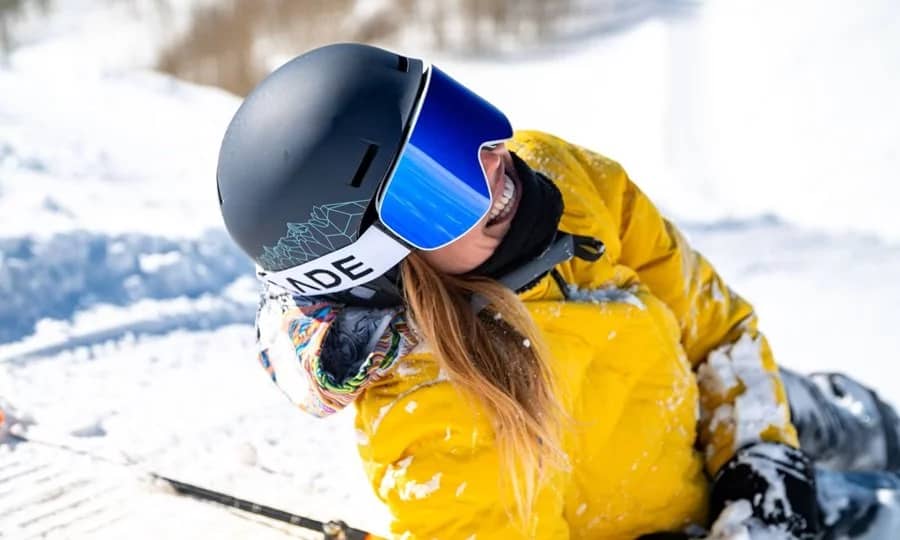
What to Wear Skiing First Time for Ultimate Comfort
Discover the essentials of what to wear skiing first time. Stay warm, dry, and safe with our comprehensive guide[…]
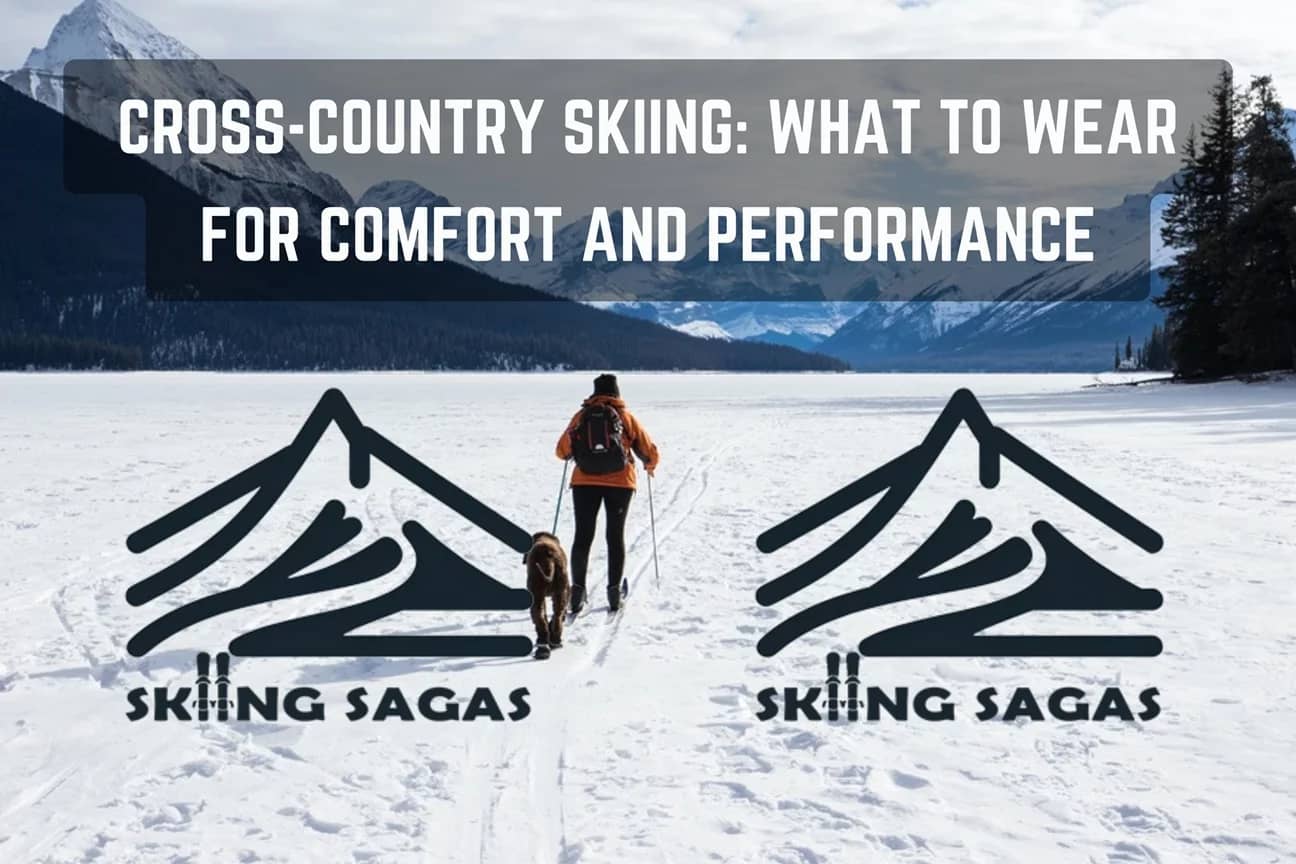
What to Wear Cross Country Skiing: Dress Right and Enjoy
Learn what to wear cross country skiing to stay warm and comfortable. Essential clothing tips for all levels of[…]
FAQ – Frequently Asked Questions
What are the main dangers of backcountry skiing?
Backcountry skiing offers an exhilarating experience, but it’s not without its risks. The main dangers include avalanches, which can occur naturally or be triggered by skiers. Getting lost or disoriented is another risk, as the backcountry doesn’t have the marked trails you find at a ski resort. Weather conditions can change rapidly, exposing you to extreme cold, wind, or whiteout conditions. It’s also important to consider the risk of injury from falls or collisions with unseen obstacles under the snow. To mitigate these dangers, always go prepared with the right gear, knowledge, and a solid plan.
How can I prepare for a backcountry skiing trip?
Preparation is key for a safe and enjoyable backcountry skiing trip. Start by getting the proper training, including avalanche safety courses. Make sure you’re physically fit, as backcountry skiing can be demanding. Gather the essential gear, such as an avalanche transceiver, probe, shovel, and a well-stocked first aid kit. Check the weather and avalanche forecasts before you go, and plan your route carefully. It’s also wise to ski with a partner and let someone know your plans. Remember, the better prepared you are, the more you’ll enjoy the adventure.
What should I do if caught in an avalanche?
If you’re caught in an avalanche, try to move to the side and grab onto anything stable, like a tree. If you’re swept away, attempt to “swim” to stay near the surface. Deploy your avalanche airbag if you have one. Once the avalanche slows, create an air pocket around your face and try to push a hand above the surface. If buried, remain calm and conserve air. Your beacon should help rescuers locate you. This is a worst-case scenario, so the best strategy is to take precautions to avoid avalanches altogether.
Is backcountry skiing recommended for beginners?
Backcountry skiing can be more challenging and riskier than resort skiing, so it’s generally not recommended for complete beginners. However, if you’re an experienced skier with a strong desire to explore the backcountry, start by taking a course and going with experienced friends or guides. Build your skills gradually and don’t rush into advanced terrain. Everyone has to start somewhere, and with the right preparation and respect for the mountains, you can safely enjoy backcountry skiing.
How does backcountry skiing impact the environment?
Backcountry skiing can have both positive and negative impacts on the environment. On the positive side, it encourages people to value and protect wilderness areas. On the negative side, it can disturb wildlife and damage sensitive vegetation. To minimize your impact, stick to existing ski tracks when possible, avoid wildlife habitats, and practice Leave No Trace principles. By being a responsible skier, you can help ensure that these beautiful backcountry areas remain pristine for future generations.
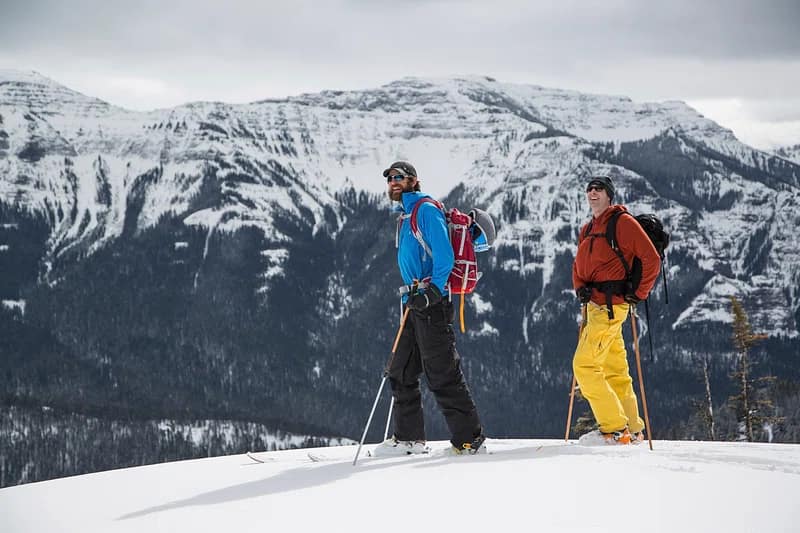




No responses yet